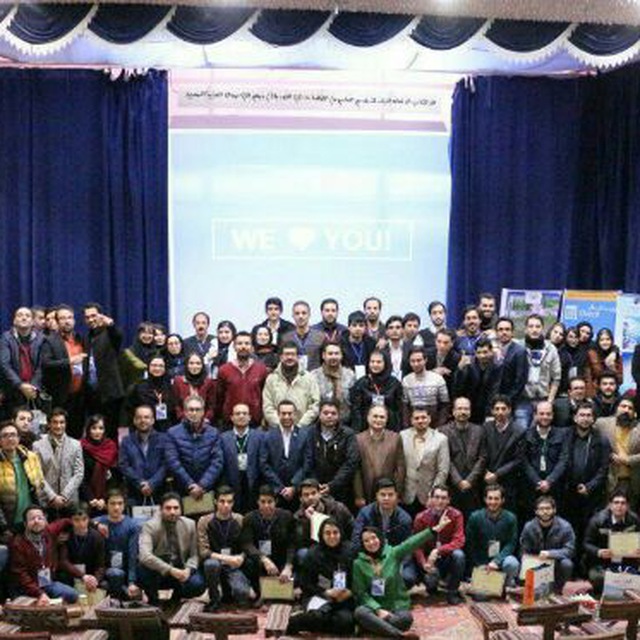Technology transfer
We examined the types of classification common in technology and saw what happens in them. But we are going to examine what factors affect technology transfer and technology contracts from today and find out what model Japan and Korea are following.
Achieving technology in manufacturing companies is only possible through technology transfer, whether vertical or horizontal transfer. In vertical transfer or transfer of research and development, technical information and findings of applied research are transferred to the stage of development and engineering design, and then with commercialization, the technology enters the production process. In horizontal transfer, technology is transferred from one level of capability in another country or company to the same level of capability in another place. In this case, the higher the level of technology receiver is, the cost of technology transfer will decrease and its absorption will be done more effectively.
Absorption, adaptation and crystallization of technology
The complete and successful transfer of technology is achieved when the conditions for its absorption, adaptation and crystallization are provided (such as the transfer of Peugeot technology to the country).
Now, the meaning of absorbing technology is that at the end of the transfer contract, the recipient is able to copy parts and redesign based on deep analysis and knowledge of technology and basic rules or coordination with new needs and conditions.
Compatibility of technology also means that the imported technology is compatible with internal factors such as required manpower, information and technical knowledge, equipment and machinery, management, as well as external factors such as economic, social, cultural and political infrastructure in the receiving country.
The meaning of technology crystallization (indigenization of technology) is that the recipient of the technology, after absorbing the technology and obtaining the necessary preparations and creating design capabilities, is able to adapt the imported technology to the local conditions and change and adapt the product production processes, technical knowledge and management information. Be organized with new conditions.
Technology transfer process
The complex process that will lead to technology transfer can be classified into four stages: recognition and selection, negotiation, conclusion and signing of the contract, and monitoring and good performance of the contract.
Recognition and selection stage:
The most important step in the technology transfer process, because if this step is done correctly, it is possible for the transfer to take place successfully. At this stage, by doing research work and using expert reviews, we must first answer these questions: What kind of technology do we need? What are the available technologies in the market? What is the most suitable strategy according to the facilities and conditions?
In general, the activities of this stage include the following:
Determining the technology needed and available in the market
Choosing the most suitable technology and determining its source
Technical and economic evaluation of the plan
Of course, the evaluation of the technologies available in the market according to the seven environmental factors includes the following:
1- Technical: efficiency, flexibility and infrastructure factors
2- Economic: cost, profit, productivity and market potential
3- Resources: finance, specialized manpower, energy, etc.
4- Demographic: population growth rate, illiteracy level, unemployment level, etc.
5- Environment: water, air, soil, etc.
6- Social and cultural: compatibility with culture, values and.
7- Political and judicial: compatibility with institutions, policies, etc.
It continues, friends.
Sincere
@startup_30T
This post is written by Rimaazz1
